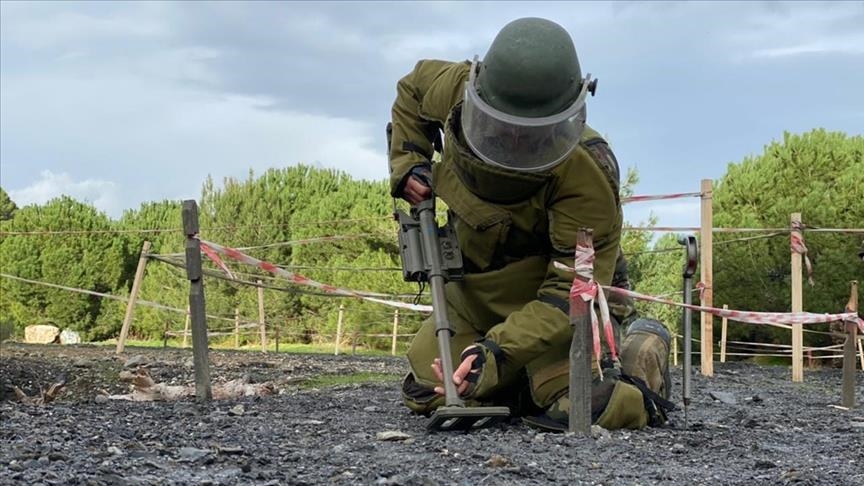Mine action is a vital humanitarian initiative focused on mitigating the dangers posed by landmines and explosive remnants of war (ERW). These hazards not only endanger human lives but also impede economic growth, post-conflict recovery, and social stability Mine Clearance. Mine action encompasses several key activities, including demining, risk education, victim support, advocacy, and stockpile destruction.
Key Components of Mine Action
Mine action consists of five essential pillars, each playing a crucial role in fostering safer communities and sustainable development.
1. Humanitarian Demining
Demining involves identifying, removing, and disposing of landmines and ERW to make land safe for use. This process includes manual clearance by trained experts, mechanical clearance using specialized machines, and the use of mine detection dogs to identify hazardous zones.
2. Mine Risk Education (MRE)
MRE initiatives educate communities, particularly those in high-risk areas, on how to recognize and avoid landmines and ERW. These programs significantly reduce accidents and casualties, particularly among vulnerable groups such as children and farmers.
3. Victim Assistance
Mine survivors often require long-term medical care, rehabilitation, and psychological support. Victim assistance programs provide prosthetics, physiotherapy, and economic reintegration opportunities to help affected individuals regain their independence and quality of life.
4. Advocacy and Policy Implementation
Advocacy efforts promote stronger international policies and support treaties such as the Ottawa Treaty (Mine Ban Treaty) and the Convention on Cluster Munitions. These agreements work toward banning the use, production, and stockpiling of landmines worldwide.
5. Stockpile Destruction and Ammunition Management
To prevent future contamination, many countries engage in the destruction of existing landmine stockpiles and ensure proper ammunition management. This is essential to reducing the risks of accidental explosions and illegal proliferation.
Challenges in Mine Action
Despite substantial progress, mine action faces several challenges, including:
- Difficult Terrain: Many contaminated areas are located in remote or rugged regions, making clearance operations time-consuming and complex.
- Financial Limitations: Demining is costly and resource-intensive, requiring consistent funding and international collaboration.
- Ongoing Conflicts: Active war zones continue to produce new landmines and ERW, complicating clearance efforts.
- Lack of Awareness: Some communities remain uninformed about mine risks, leading to preventable casualties.
Success Stories and Future Prospects
Countries like Mozambique, Albania, and Cambodia have made tremendous strides in mine clearance, reclaiming significant land for agriculture and infrastructure. Technological advancements, such as drone-based detection and artificial intelligence, are enhancing the efficiency of mine action efforts.
With ongoing global cooperation, increased funding, and the adoption of new technologies, mine action can further reduce the threat of landmines and contribute to the sustainable development of post-conflict regions.

